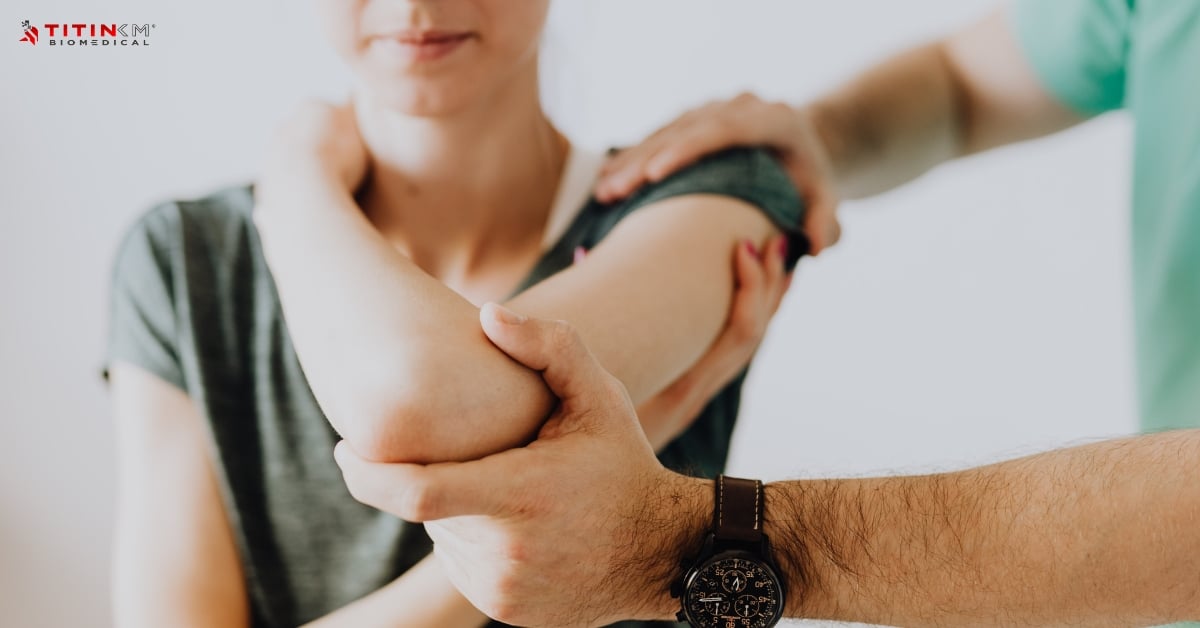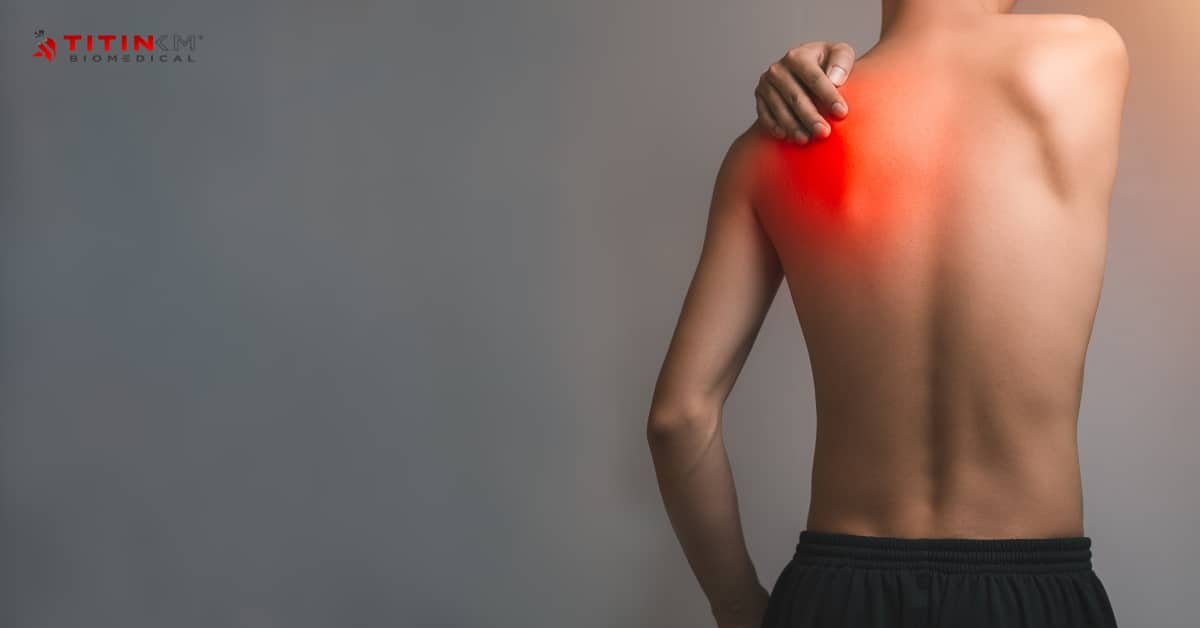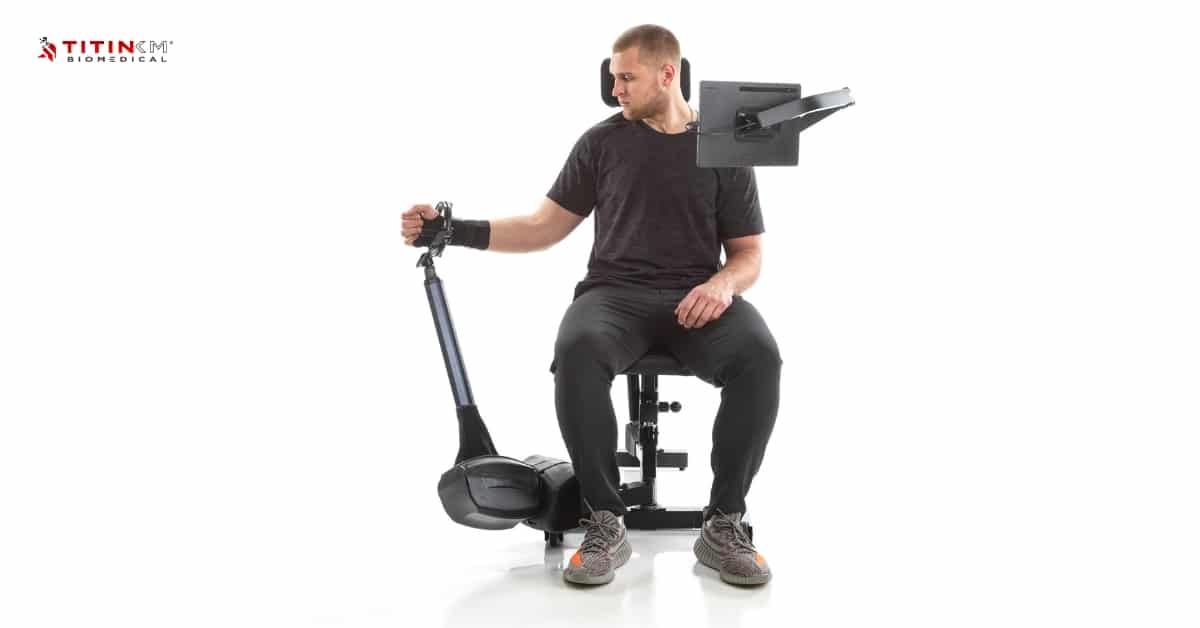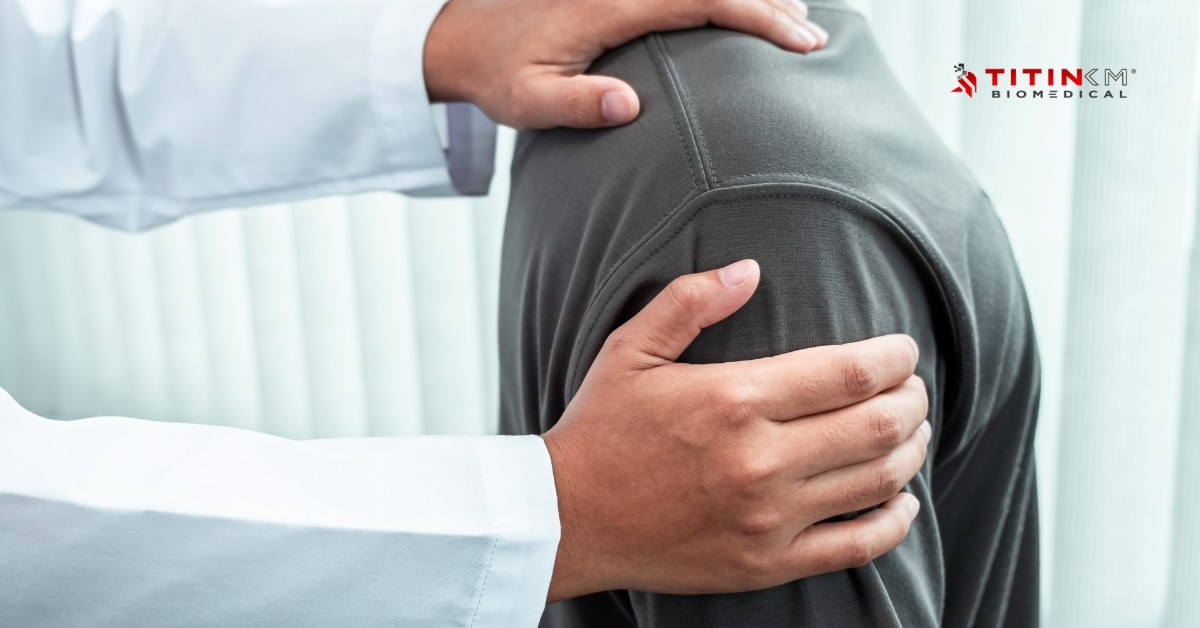
Why Shoulder Recovery Needs a Smarter Approach

Rehabbing a shoulder injury is frustrating. Patients and athletes often feel stuck in slow progress, while clinicians rely on methods that haven’t kept pace with modern science. Dumbbells, bands, and manual strength tests only go so far. The reality is that the shoulder complex is one of the most dynamic and unstable joints in the body. Without precise ways to measure and train, progress can be harder to track, and outcomes may be less predictable
This article breaks down the biomechanics of the shoulder, why multi-planar resistance is essential, what current Clinical Practice Guidelines (CPGs) recommend, and how new technology like the Humero Tech C1 aligns with those recommendations.
Understanding the Shoulder Complex
The shoulder isn’t a single joint. It’s a system made up of the glenohumeral joint, scapula, clavicle, and surrounding musculature. Together, they allow an unmatched range of motion. That freedom of movement comes at a cost: less stability
- Slight imbalances in muscle activation can lead to significant problems.
- Traditional rehab tools struggle to replicate the way the shoulder actually moves.
- Optimal strength and control may benefit from training across multiple planes.
Here’s the thing: unless resistance is applied in a way that reflects the shoulder’s natural biomechanics, patients may end up strong in isolated movements but weak in functional ones. For a deeper breakdown, see our insights on the evolution of shoulder rehab.
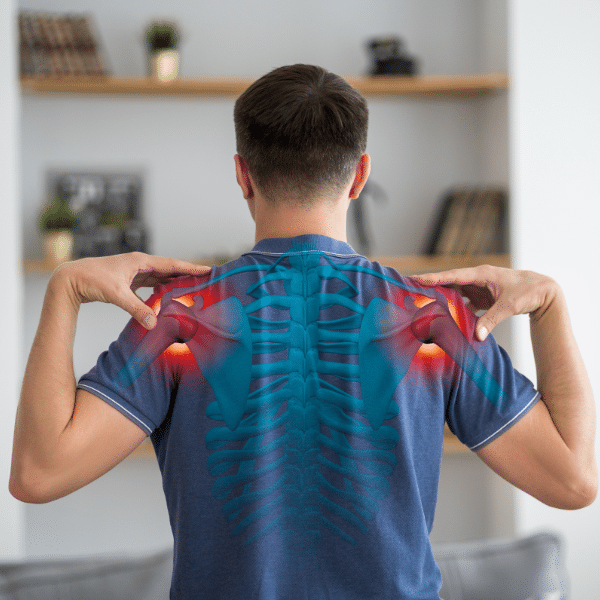
Why Multi-Planar Resistance is Critical

A shoulder doesn’t move in straight lines. It rotates, stabilizes, and glides across multiple planes at once. That’s why rehab based limited to a single plane at a time often leaves gaps.
Multi-planar resistance means:
- Strengthening stabilizers and movers together
- Training control through full ranges, not partial arcs
- Re-educating neuromuscular coordination in real-world patterns
Without it, rehab programs miss the mark. Athletes risk re-injury. Every day, patients struggle with basic tasks like reaching overhead or lifting objects. Learn more about how our expansive range of motion technology addresses these challenges.
CPGs Are Clear: Move Beyond MMT
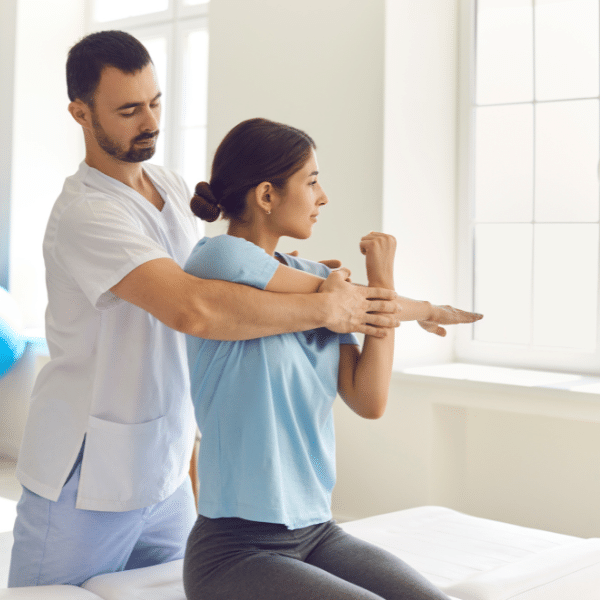
The latest Clinical Practice Guidelines1 on shoulder pain and rotator cuff pathology send a strong message: manual muscle testing (MMT) isn’t enough.
Why?
- MMT is subjective and inconsistent between providers.
- It fails to capture small but significant deficits and improvements.
- It doesn’t produce the objective data needed to guide evidence-based care.
In other words, continuing to rely on MMT means practicing below the current standard of care. Clinics that adopt modern assessment tools not only follow guidelines, they strive to build stronger reputations and deliver measurably better outcomes. For more details, see why medical providers are choosing the Humero Tech C1.
How Omnidirectional Resistance Solves the Gap
Omnidirectional resistance replicates the way the shoulder naturally moves and stabilizes under load. Instead of guessing at progress, it delivers real-time, measurable data to support performance tracking.
Key benefits include:
- Resistance in every plane of movement
- Objective functional strength values and performance metrics
- Personalized progression backed by data
- Engaged patients who can see and track their improvements
It helps providers and patients better understand and track progress. To see the specifics, review our. real-time data capabilities.
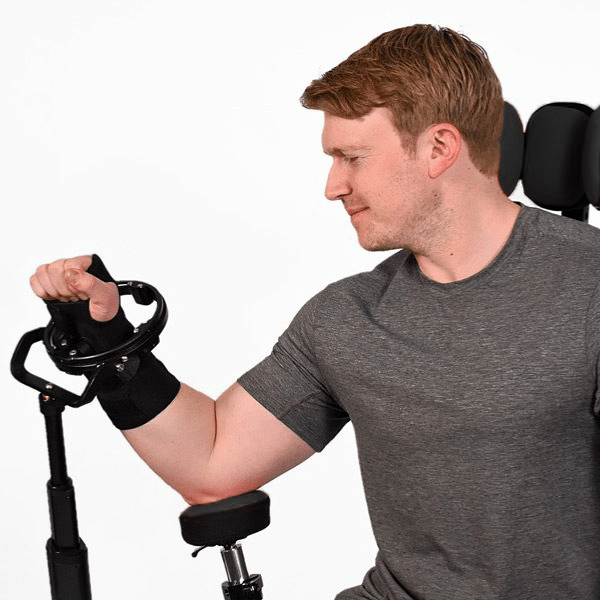
How Humero Tech C1 Fits Into Modern Rehab

At Titin KM Biomedical, we developed the Humero Tech C1 to meet these exact challenges. It’s FDA regulated, made in the USA, and designed with both clinicians and athletes in mind.
The device provides:
- Continuous omnidirectional resistance
- Multiplanar training capabilities
- Dynamic strength values and live performance tracking
- Custom programming through an integrated app
- Bilateral use for balanced training
This isn’t about replacing providers. It’s about giving them a better tool. One that aligns with today’s CPGs, improves patient outcomes, and differentiates clinics and athletic programs in competitive environments. You can see the full feature set here.
Why This Matters for Your Practice or Team

- Clinics: Help you attract more referrals by showing measurable, faster outcomes. Learn how PT clinics are using it today.
- Athletic Trainers: Work to keep star players on the field longer and help them return faster after injury. See its use in sports medicine.
- Hospitals & Universities: Lead with innovation and research-backed solutions. Explore its role in hospital programs.
By upgrading rehab programs with omnidirectional resistance, providers meet evidence-based standards and patients get the recovery they deserve.
FAQs About Omnidirectional Resistance in Shoulder Therapy
Taking the Next Step in Shoulder Rehab
Rehab shouldn’t be about guesswork. Patients and athletes deserve better than outdated tools. With omnidirectional resistance and the Humero Tech C1, you can align with current guidelines, track objective progress, and strive to deliver outcomes that build trust and confidence.
If you’re ready to explore how this technology can fit into your clinic, hospital, or athletic program, contact us today.
Source:
- Desmeules F, Roy JS, Lafrance S, et al. Rotator cuff tendinopathy diagnosis, nonsurgical medical care, and rehabilitation: a clinical practice guideline. J Orthop Sports Phys Ther. 2025;55(4):235-274. doi:10.2519/jospt.2025.13182
Related Reads:
- How To Rehabilitate a Shoulder: Modern Strategies for Measurable Recovery - December 11, 2025
- Volleyball and Shoulder Health: The Humero Tech C1 Advantage - November 11, 2025
- Rehabilitation after Shoulder Replacement Surgery: What to Expect - November 6, 2025

